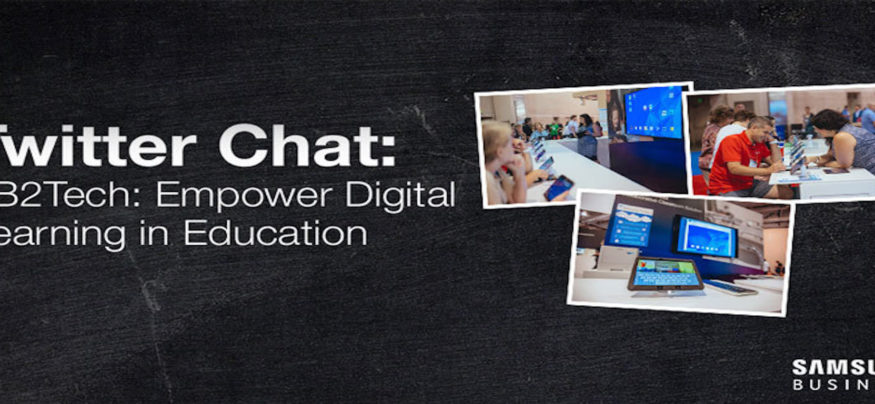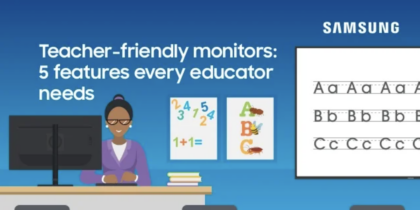As educators ease into the new school year, many lesson plans have a digital component aimed at engaging students. While the transition to digital curriculum is on the rise, many teachers feel ill equipped, admitting they need help in effectively using these new tools to motivate students and enhance education. In fact, 37 percent of teachers would love to use technology in the classroom, but disclose that they don’t know how to use it, based on a nationwide survey of K-12 teachers conducted by GfK.
We want to help schools start conversations about how to effectively make the transition to digital curriculum and adapt to the idea that teachers need to learn just as students do. In the “Empower Digital Learning in Education” Twitter chat, we focused on professional development and ways teachers can continue learning new technology. Chat participants agreed that making a digital curriculum transition is critical to improve learning outcomes.
Learn From Peers
Empowering teachers with tech training will help accelerate learning. Educators get it, so do we. Shari Sentlowitz, senior manager of educational technology solutions at Samsung Business, emphasized ongoing support as a way to encourage continuous tech learning and development through self-paced online training that helps teachers become more tech savvy and track their own progress.
For educators who want to learn from colleagues, Samsung offers access to a network of peers to aid in continuing the tech training. Additional commentators agreed, professional learning has to be organized and ongoing. It should not end at the beginning of the school year. However, continued professional development is crucial to success.
Develop a Personal Approach
With Chromebooks, tablets, interactive whiteboards and apps very present in classrooms, educational technology is an important part of today’s K-12 learning. Eighty-one percent of teachers agree that technology in the classroom enables students to get more hands-on experience during lessons, based on the GfK survey.
The focus always needs to be on learning and not the device, as devices will continue to come and go. Learning must be relevant and personalized – even for teachers.
Most teachers value collaboration and understand how technology can provide a collaborative space for growth. Thomas Murray, a former director of technology and principal, advised that many teachers see the value in education technology, yet often the conversations are device focused, not learning focused. Murray highlighted that the device learning will come, however what matter most is the shift in instructional pedagogy and mindset.
Schools Can Encourage Staff Learning
School districts can help elicit excitement in teachers and encourage how they approach new technology with an open mind.
If schools can support short education sessions on a regular cadence, teachers continue to learn. Along with continued learning, schools can encourage teachers collaborate to design and lead these professional development programs. This can encourage engagement in fun tech challenges that allows them to learn through experience and from colleagues.
For educators who don’t know where to begin with integrating education technology into the classroom, Samsung offers a Classroom in a Box solution to help get your school started. For teachers who are searching for new resources, check out these eight useful apps that can help kick off the new school year.
It’s important to ask teachers how they use tools outside of school because they can bring some of that knowledge into classrooms to help engage students.
Get a complete overview of the social conversation in our Storify recap.







